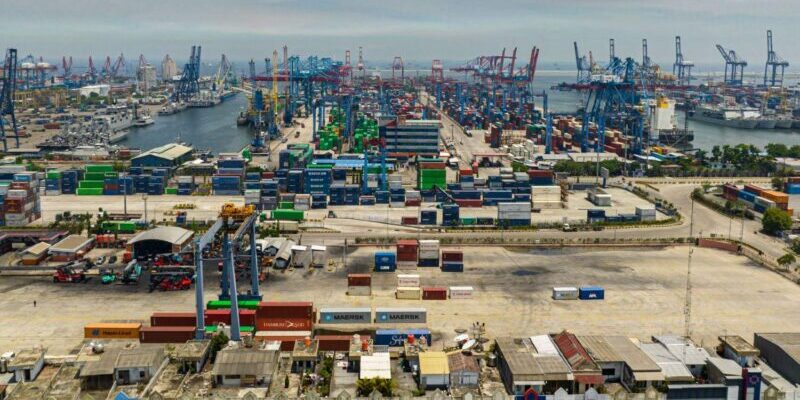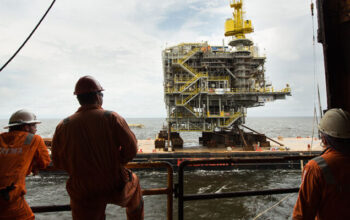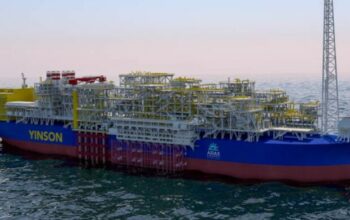The oil and gas industry is the most important engine of industrial growth and economic activity in Angola.
However, the National Development Plan 2023–2027 addresses how the country plans to reduce oil revenue dependency to no more than 20% by diversifying the economy and investing in other sectors with growth potential, such as agriculture, infrastructure, mining, green hydrogen, and renewable energy.
Infrastructure
Recent investments in Angola’s infrastructure have substantially improved, with large infrastructure repairs, expansions, and modernizations being a key focus for both the public and private sectors.
For example, DP World Luanda invested $190 million to enhance Luanda Port, supporting Angola’s economic growth goals and positioning it as a key trade hub along Southern Africa’s western coast. Two additional green-field ports, Caio and Dande, are being constructed to improve cargo capacity.
Continuing efforts include the construction of a new 260 Km railway linking Luena on the Benguela Railway to Saurimo, as well as the restoration of EN30, a 267km highway between Muamussanda and Saurimo.
Meanwhile, the Lobito Atlantic Railway intends to run and maintain a 1,300 Km corridor that will provide a quicker route for goods from the mining area of Kolwezi in the Democratic Republic of the Congo to the port. These efforts seek to enhance commodity transit efficiency.
Agriculture
Angola has 35 million hectares of arable land potential; however, only about 10% of this is being cultivated.
Agriculture contributed 13.65% of Angola’s GDP in 2022, and it employs more than 46% of the Angolan people, both formally and informally.
In recent years, Angola’s economy has suffered from climate change impacts, including extended droughts, destructive flash floods, wildfires, decreased crop yields, and water scarcity.
To address climate change vulnerability, Angola’s government developed the Angola Commercial Agriculture Project, which received $230 million in funding from the World Bank and the French Development Agency in 2018.
The World Bank-approved Smallholder Agricultural Transformation Project aims to enhance climate-resilient farming and increase agricultural output.
These programs seek to strengthen resilience, increase food security, and reduce imports while also encouraging international investment in Angola’s expanding agricultural industry, which is being propelled by urbanization and improved infrastructure.
Mining
Cobalt, copper, graphite, iron ore, lithium, manganese, neodymium, nickel, and zinc are among the 36 important minerals found in Angola, which represent a strong potential for growth in the coming years.
In a forum in Luanda in April 2023, Diamantino Pedro Azevedo, Minister of Mineral Resources, Oil, and Gas, conveyed his ambition for the country to become a reliable supply of vital minerals over the next five years, citing the country’s vast resources and potential for large-scale extraction.
Azevedo also stated that the government wants investment to improve mineral exploration and finding, with the goal of developing value chains to strengthen the local economy.
Additionally, Angola was the world’s sixth-largest producer of diamonds, and diamond exports earned an income of 1.95 billion US dollars for Angola in 2022, representing a 1.38% yearly rise.
Green Hydrogen
Angola is on track to become the first African country to export green hydrogen to Germany by 2024. A project fueled by hydroelectricity and produced by Sonangol, Gauff Engineering, and Conjuncta, located at the Barra do Dande Ocean Terminal, will create green ammonia for export to Germany using 400 MW of energy generated by a neighboring 2 GW hydropower facility.
The goal is to sell around 280,000 tonnes of green ammonia per year through Germany’s H2 Global green hydrogen initiative.
Renewable energy
In 2022, The International Energy Agency said that Angola was set to become the largest crude oil producer in Southern Africa in the coming years, with a foundation for renewable energy through investments and supportive measures.
In fact, Angola has renewable resource potential, particularly hydro and solar: the country is home to seven rivers and has an annual average global horizontal radiation between 1.350 and 2.070 kWh/m2/year.
Several projects are currently in construction, such as the Quilemba 35 MW solar plant, an $82 million project in Huila province that will begin operations in 2024 with Total Eren, Sonangol EP, and Greentech as partners. Or the Caculo Cabaça hydropower plant, a 2,172 MW run-of-the-river hydroelectric facility under construction in the Kwanza Norte Province of Angola.
![]()




